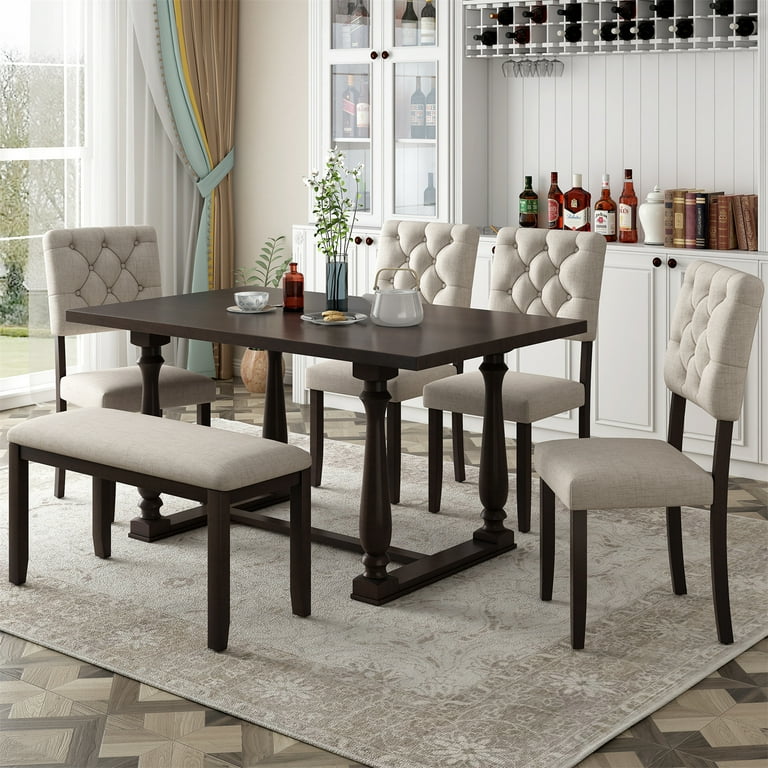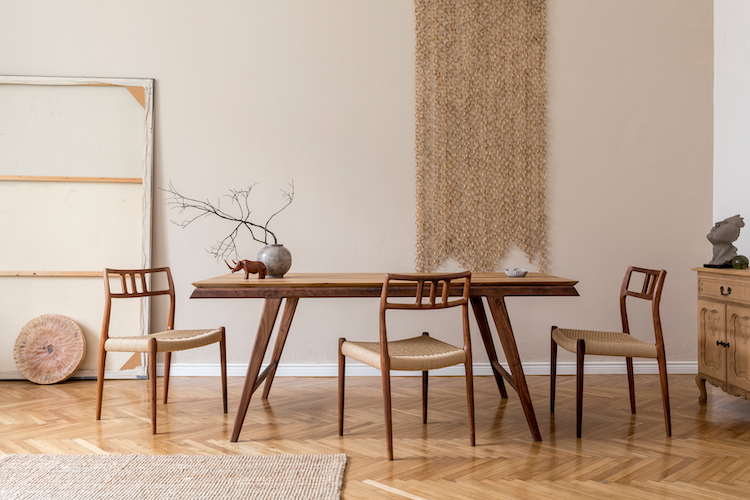Affordable and High-Quality Dining Room Table Legs for Every Budget
Affordable and High-Quality Dining Room Table Legs for Every Budget
Blog Article
From Standard to Modern: Find the Ideal Dining-room Table Legs for Your Design
The option of dining-room table legs plays a critical function in specifying the general personality of your area, bridging the void in between traditional workmanship and contemporary visual appeals. While traditional designs such as cabriole and turned legs stimulate a feeling of classic refinement, contemporary designs like hairpin and geometric alternatives offer an opportunity for striking aesthetic rate of interest. Assessing the appropriate equilibrium in between these designs needs a nuanced understanding of your existing decoration and individual preference. As you think about these aspects, the concern remains: exactly how can you flawlessly incorporate these varied leg styles to create an unified dining experience?
Understanding Table Leg Styles
The variety of dining area table leg designs can considerably affect both the looks and capability of the space. Each leg style adds special aesthetic components and sensible attributes, accommodating diverse layout choices and usage demands. Understanding these designs is critical for selecting the right eating table that straightens with your general interior decoration vision.
For example, conical legs supply a tidy, traditional appearance that can enhance a space's style, while stand bases give security and take full advantage of legroom, making them excellent for smaller sized spaces. Hairpin legs, a characteristic of mid-century modern design, introduce an industrial panache, enabling for a ventilated, open feeling. Trestle legs stimulate rustic charm, giving durable support and a feeling of timelessness.
Wooden legs can bring heat and structure, whereas metal options commonly convey a sleek, contemporary ambiance. Eventually, recognizing table leg designs is crucial for creating a cohesive eating location that shows personal style while making certain functionality and comfort.
Typical Table Leg Options
When picking eating space table legs, conventional alternatives frequently symbolize timeless beauty and craftsmanship. These designs show an abundant heritage and a commitment to top quality, making them suitable for those who value traditional visual appeals.
Among one of the most renowned conventional leg designs is the cabriole leg, defined by its graceful bent shape. This design typically includes decorative carvings and is most frequently discovered in Queen Anne and Chippendale furniture. An additional preferred option is the transformed leg, which flaunts a series of smooth, rounded forms that offer a classic look while preserving security.
Furthermore, the straight leg, while straightforward, uses a strong and basic structure that can blend effortlessly with a selection of tabletop designs. For those drawn to ornate outlining, claw-and-ball feet legs stimulate a feeling of magnificence and can act as a sensational centerpiece in any eating room.
Last but not least, stand bases, although not purely legs, supply a different traditional option that enables for ample legroom and can be perfectly carved. Each of these standard leg styles adds to the general atmosphere of an eating space, weding feature with visual charm.

Modern Table Leg Layouts
Modern table leg styles offer a diverse variety of designs that highlight innovative products and clean lines. These designs typically prioritize functionality while working as striking focal points within an eating area. Minimalist aesthetics are common, with legs crafted from products such as steel, glass, and crafted timber, which add to a contemporary and ventilated feel.
One popular design is the hairpin leg, defined by its slim, tapered framework that gives security without frustrating the table top (dining room table legs). This design is usually found in mid-century modern-day furniture and can easily enhance numerous table forms. One more pattern is making use of geometric forms, where legs may tackle asymmetrical or angular kinds, adding aesthetic passion and a touch of virtuosity

Mixing Styles for Distinct Areas
Commonly, home owners seek to create special eating spaces that mirror their individual design by blending various design aspects. This technique enables the consolidation of diverse appearances, leading to a harmonious yet distinctive atmosphere. Combining a rustic wooden table with smooth, modern-day metal legs can create an appealing comparison that boosts the area's total appeal.
In addition, integrating vintage table legs with contemporary table tops can stimulate a sense of background while preserving a contemporary perceptiveness. Such mixes not just showcase individual taste but additionally motivate creative thinking, permitting home owners to curate a space that feels both individual and welcoming.
Shade plays an important role in this blending procedure; choosing table legs that enhance or contrast with the existing color pattern can improve aesthetic rate of interest. For instance, whitewashed legs can soften the boldness of a dark table surface, creating a well balanced visual.
Tips for Selecting the Right Legs
Selecting the right table legs is essential for attaining both performance and aesthetic appeal in your dining room. Begin by taking into consideration the overall style of your area. Conventional setups take advantage of legs that feature intricate makings or turned designs, while contemporary areas may ask for sleek, minimal designs.
Next, examine the elevation and security of the legs. dining room table legs. Typical dining tables range in between 28 to 30 inches in height, so make sure the legs enhance this measurement for comfort. Additionally, durable products, such as hardwood or metal, can improve security and durability
Review the leg shape also-- alternatives include right, tapered, or pedestal styles. Straight legs offer a traditional look, while conical legs can include a touch of elegance. Pedestal bases offer ample legroom and are perfect for smaller sized spaces.
Final Thought
In recap, selecting the ideal dining area table legs requires cautious factor to consider of both typical and contemporary designs. By balancing leg style, height, and material with the general design, a cohesive and welcoming environment can be attained.
The variety of eating room table leg styles can dramatically affect both the aesthetic appeals and capability of link the room. Eventually, understanding table leg styles is necessary for creating a cohesive dining location that shows personal design while making sure functionality and comfort.One of the most famous typical leg styles is the cabriole leg, characterized by its stylish rounded shape. Straight legs visit their website supply a timeless look, while tapered legs can include a touch of sophistication.In summary, choosing the ideal eating area table legs needs careful consideration of both typical and modern-day designs.
Report this page